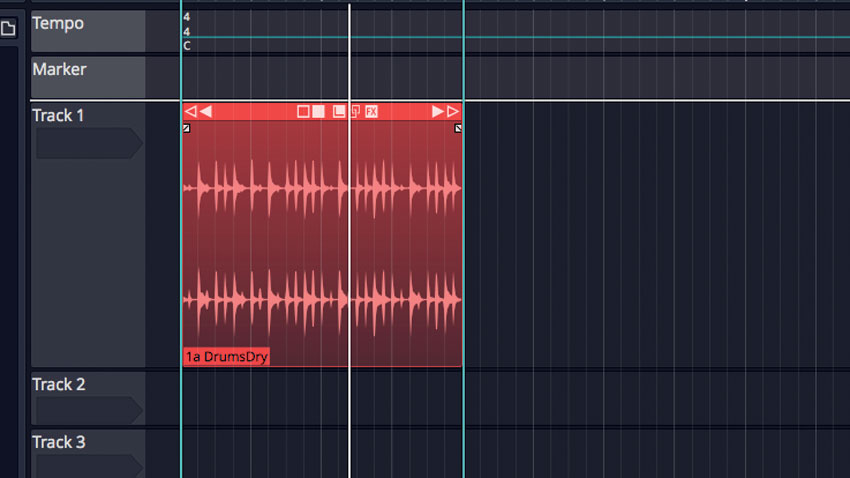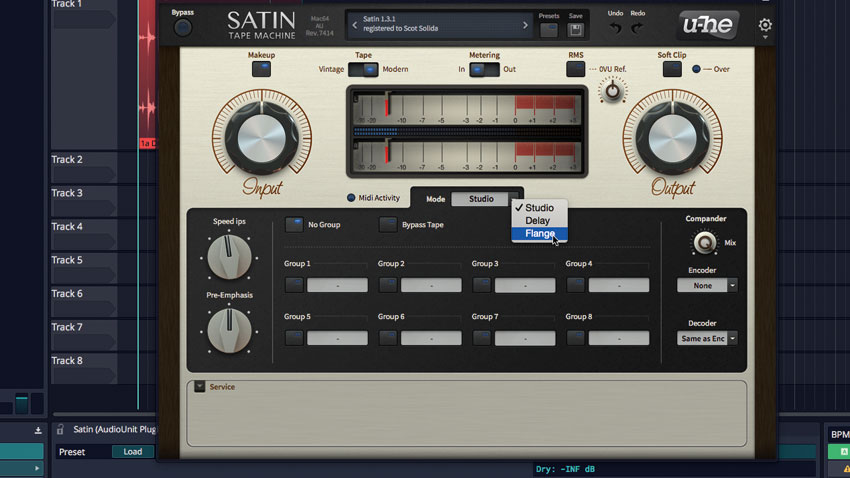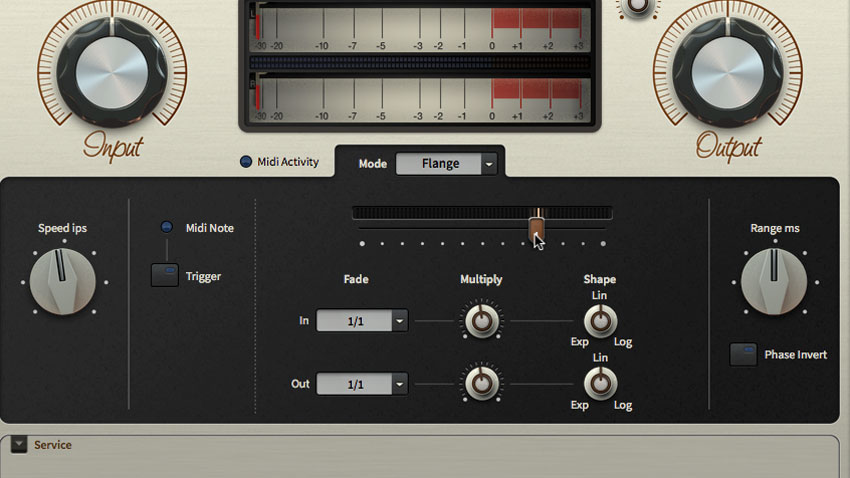How to mimic hardware tape flanging in your DAW
When you real, proper flanging as it was originally invented, rather than an electronic alternative, tape is still king - even in software
Legend has it that John Lennon once asked producer George Martin how Ken Townsend’s ADT (automatic double tracking) worked. Tongue planted firmly in cheek, Sir George explained that, “We take the original image and split it through a double vibrocated sploshing flange with double negative feedback”. From that point on, Lennon demanded “Ken’s flanger” at every turn. Hardly a song on Revolver escaped it.
Sir George’s nonsensical explanation wasn’t all gibberish. A flanged signal is indeed split into two, with one signal delayed by a small yet slightly varying amount. This creates peaks and troughs in the resultant frequencies much in the same way as a phaser. Flanging is in fact a type of phasing, but its peaks and troughs are harmonically related.
Eventually, mechanical trickery would give way to dedicated flangers like MXR’s 117 – the first such product, released in 1976.
1976 also brought the very first TC Electronic product, the Stereo Chorus/Flanger pedal, combining two related effects into a much-coveted pedal and kickstarting what would turn out to be a most illustrious history.
1976 was a good year for flangers. Electro-Harmonix subjected guitarists to their Electric Mistress, while Tycobrahe gave them the Pedalflanger. Even Eventide Clock Works got in on it with the FL201 Instant Flanger, a rack-mountable solution for pros.
In this walkthrough, we'll show you how to emulate tape flanging using u-he’s Satin plugin. You'll find many more vintage effects emulation tutorials in the November 2018 edition of Computer Music.

Step 1: Modern musicians are most likely only familiar with the extreme effects of electronic flanging, and there are plenty of plugins that emulate such flangers. However, as we’ve discussed, flanging was originally created by mechanical means. u-he’s Satin can mimic this old-school sound, so let’s try it. We’ll start with a dry drum loop.
Want all the hottest music and gear news, reviews, deals, features and more, direct to your inbox? Sign up here.

Step 2: Open an instance of u-he’s Satin tape emulation on an insert. This plugin perfectly mimics all manner of tape operations and sounds. By default, it’s set to imitate a studio tape machine, but we can use the Mode dropdown menu in the centre to switch to Flange mode.

Step 3: You won’t be hearing anything just yet. Satin creates its flange effect by emulating a pair of decks. The mix between the two decks is controlled by the vertical slider in the centre. Engage the host’s transport and slowly move the slider from left to right and back again a couple of times.

Step 4: That’s a classic tape flange sound of the sort found on any number of psychedelic records from the 60s. At the moment, Satin’s Tape style is set to Modern. Let’s switch it over to Vintage. We’ll also crank up the Input for a more saturated sound, and reduce the Range value a bit.
Computer Music magazine is the world’s best selling publication dedicated solely to making great music with your Mac or PC computer. Each issue it brings its lucky readers the best in cutting-edge tutorials, need-to-know, expert software reviews and even all the tools you actually need to make great music today, courtesy of our legendary CM Plugin Suite.
